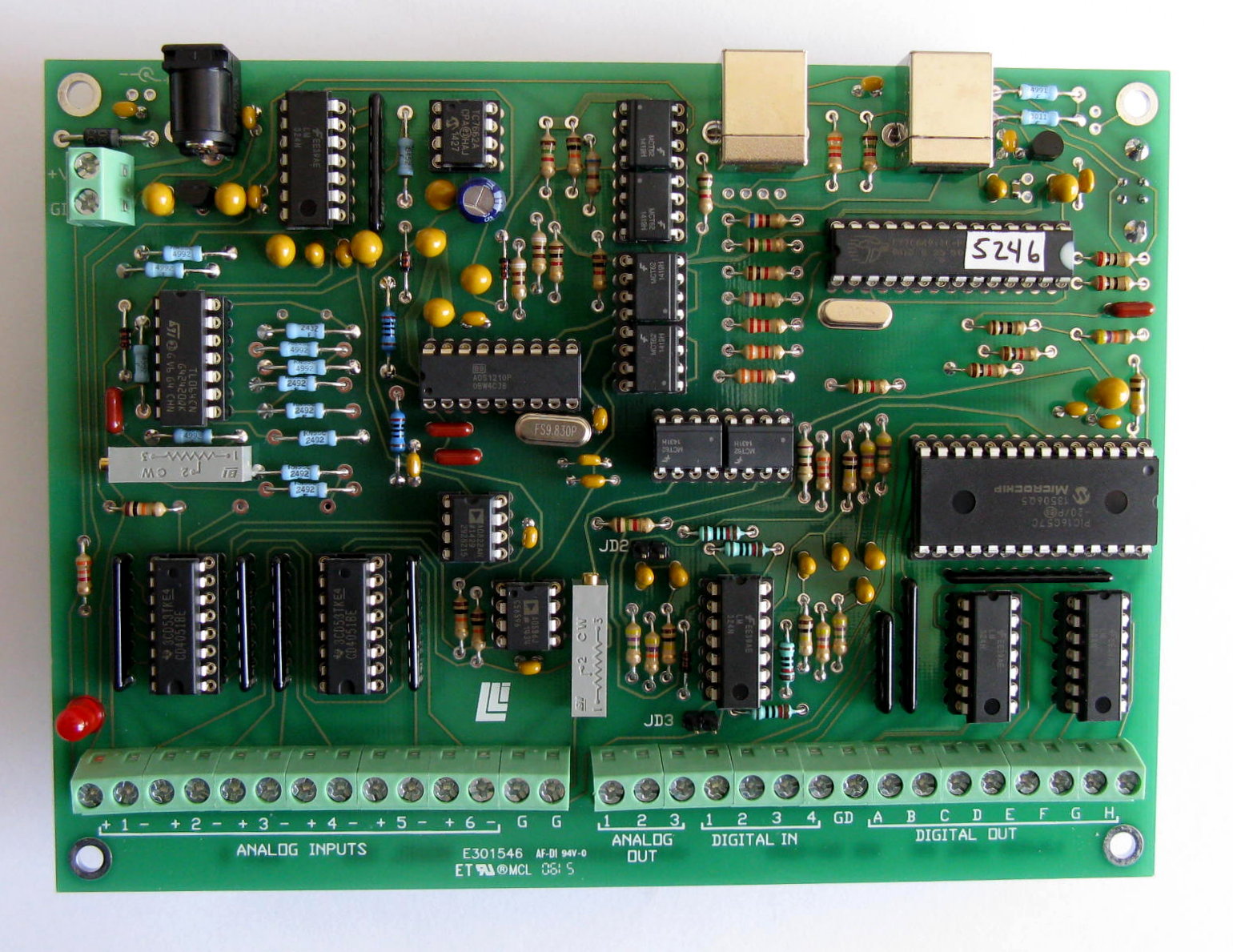|
Can't Initialize the Model 302
|
A.) Make sure that power is connected properly to the 302.
B.) If hubs are being used, make sure they are powered.
C.) Double-check your cabling.
D.) Try unplugging the USB cable from the Model 302. If you
see the hourglass, wait for it to disappear, then plug
the cable back in. Close and reopen the application.
You may also need to cycle power to the Model 301 itself.
E.) It may be possible under some circumstances for your
Model 302 to be marked as belonging to an application
that is not responding. It may be necessary to explicitly
free the device. Select "utilities" in our sample
application and free the device in question. Then unplug
and replug the USB cable to re-enumerate the device.
F.) Make sure the ID number of the device you want to
initialize is listed in the configuration file. See the
read_1st.txt file for details.
|
|
Won't respond to a data request
|
A.) Remember to wait for the result from the previous request
before issuing another.
B.) Occasional USB traffic does not go through. You can request
again if the initial request fails.
|
|
Data is consistent, but wrong
|
A.) Do a system calibration.
B.) Make sure another A/D input channel isn't badly over-
range.
C.) Resend the rate information. If power is momentarily lost
to the isolated circuitry, the A/D rate will be forgotton.
|
|
Data fluctuates wildly during scanning
|
A.) If either of the DLL's data buffer overflows, your data may
lose registration, that is, high, middle and low bytes of
the answer may be confused. Stop and restart the scan, or
reset the data buffer pointers to correct the problem.
B.) If "A" persists, slow the scanning rate, or locate and
suspend the other application or system driver that is
causing the USB driver to not be serviced frequently
enough.
|
A.) Lower the data rate or increase averaging.
B.) Check shielding and grounding. Check that the DC common-mode range
of +/-6 volts is being observed.
C.) Make sure another A/D input channel isn't badly over-range.
|
back to table of contents
|


